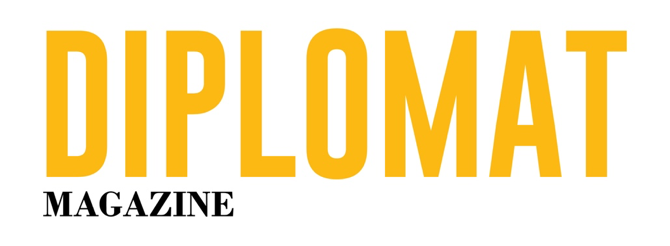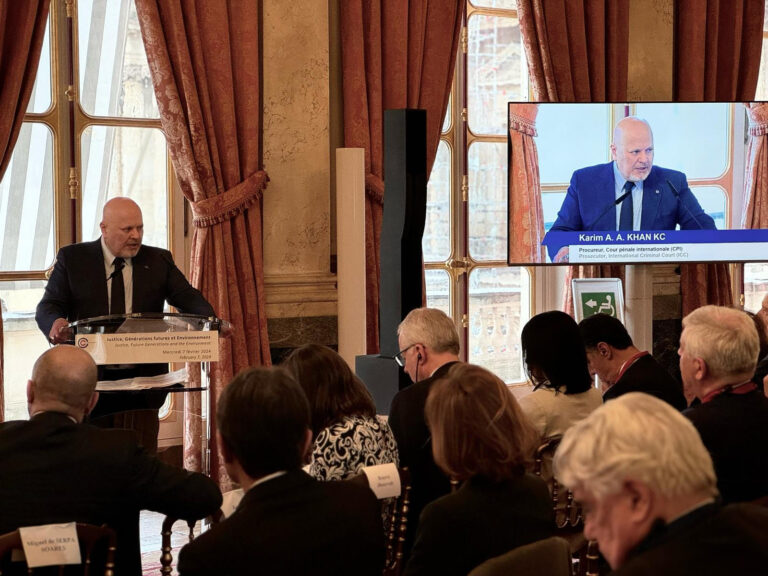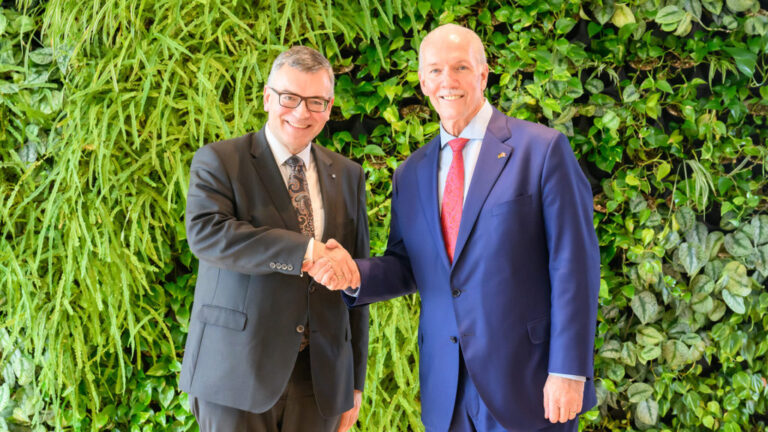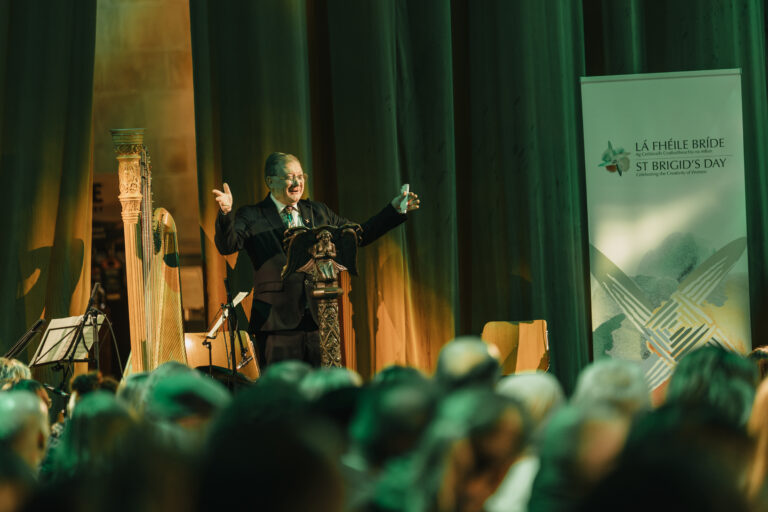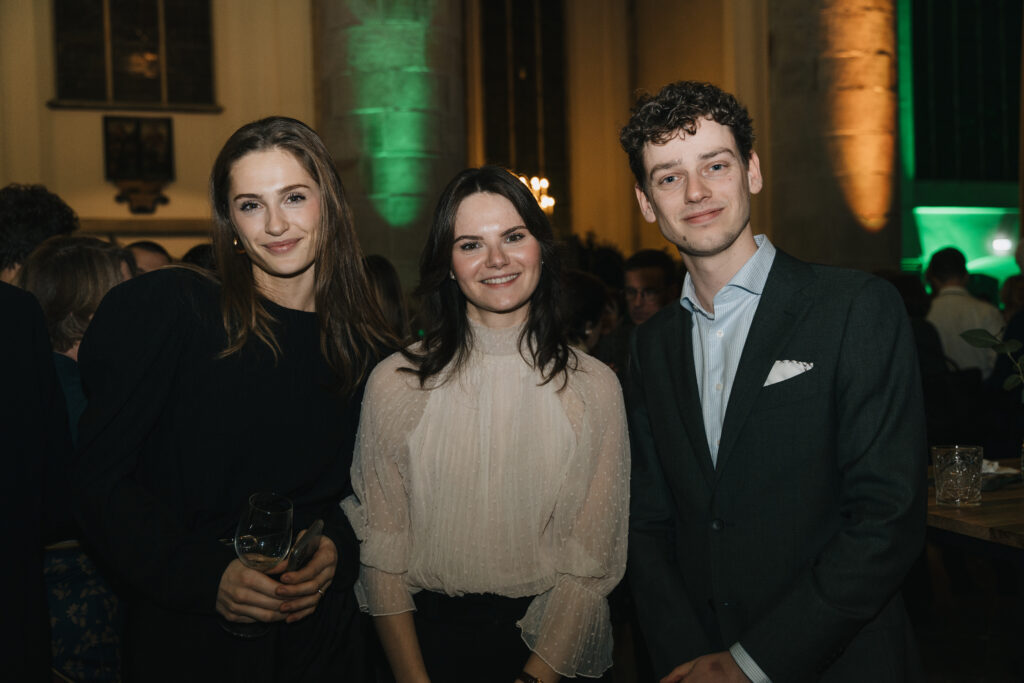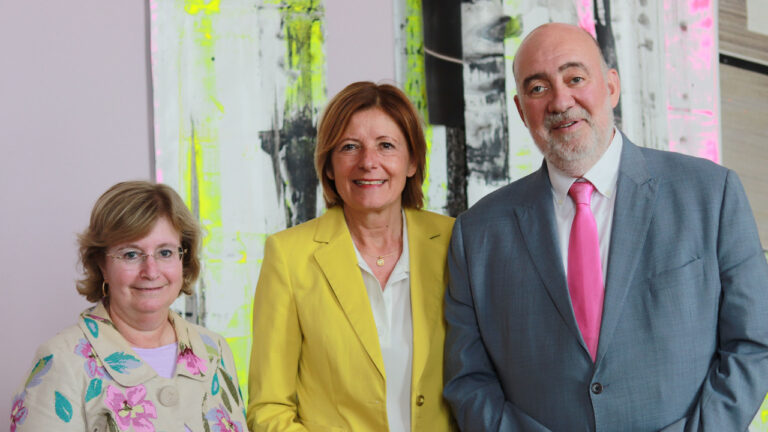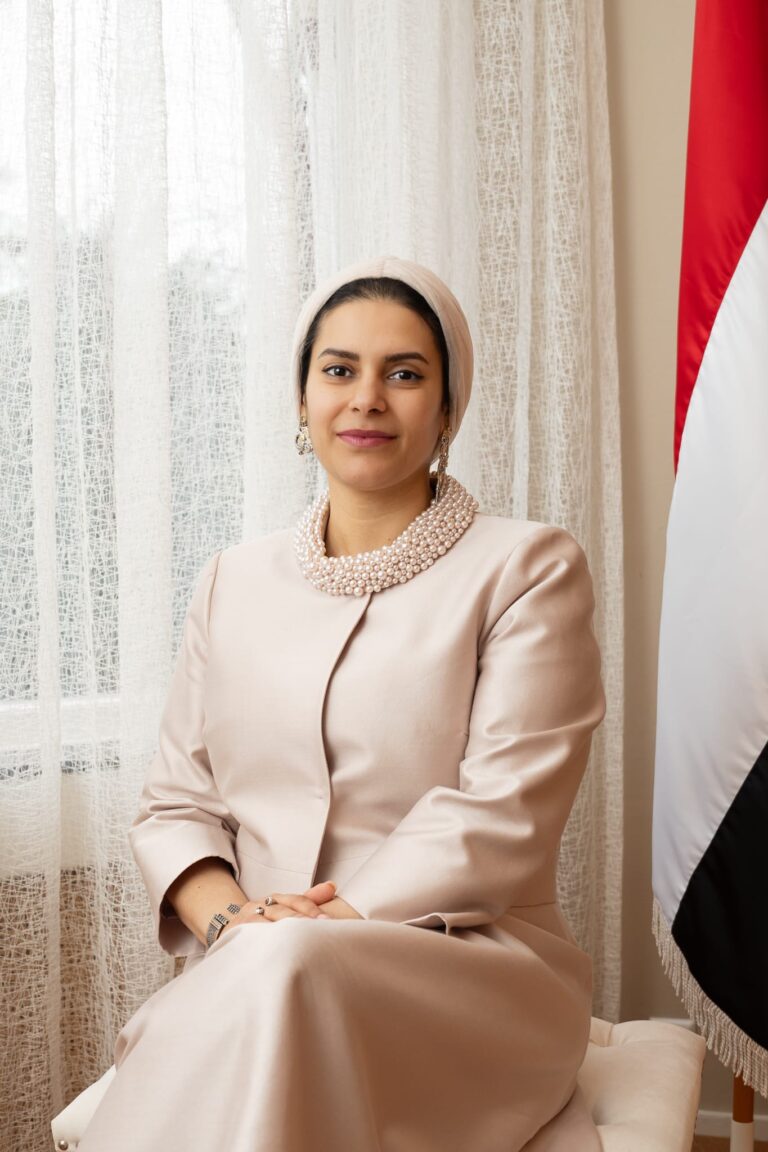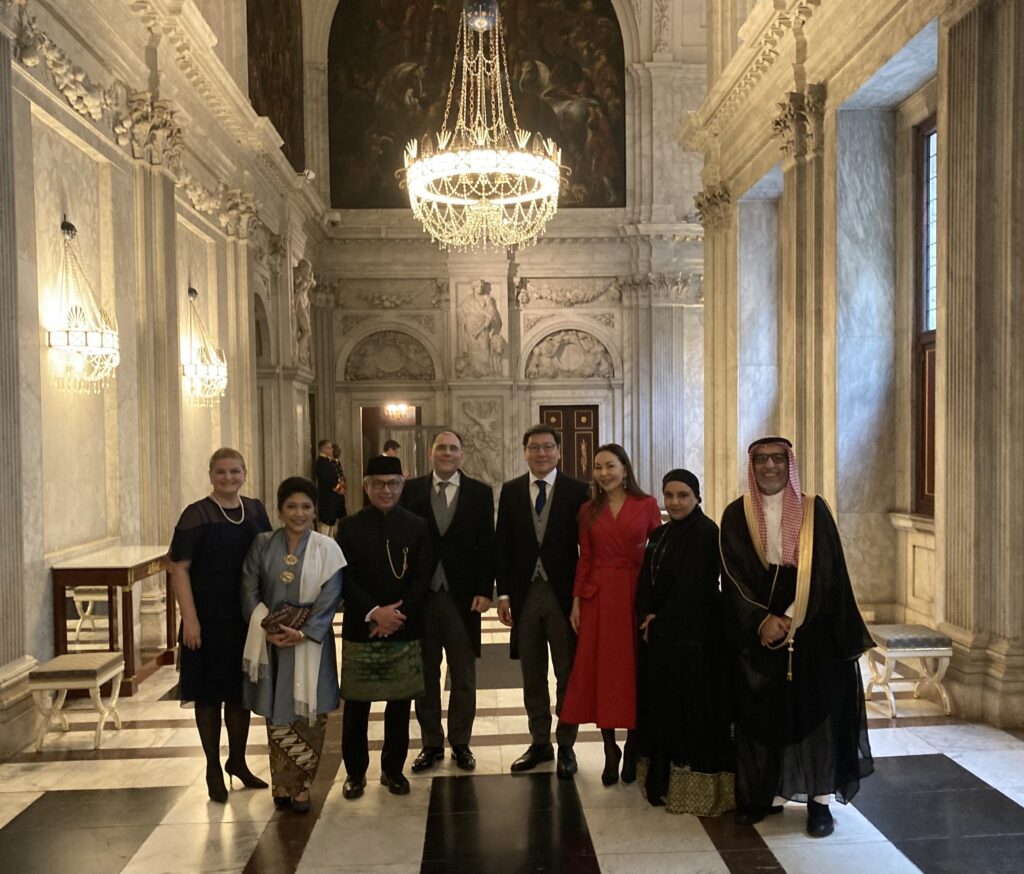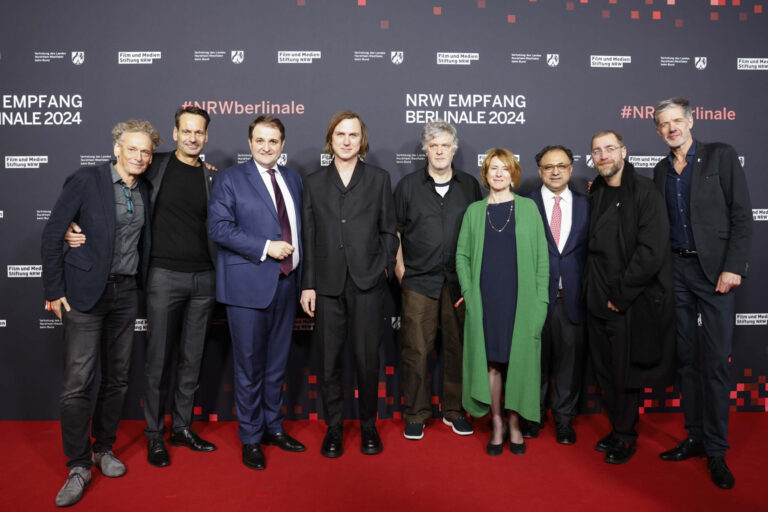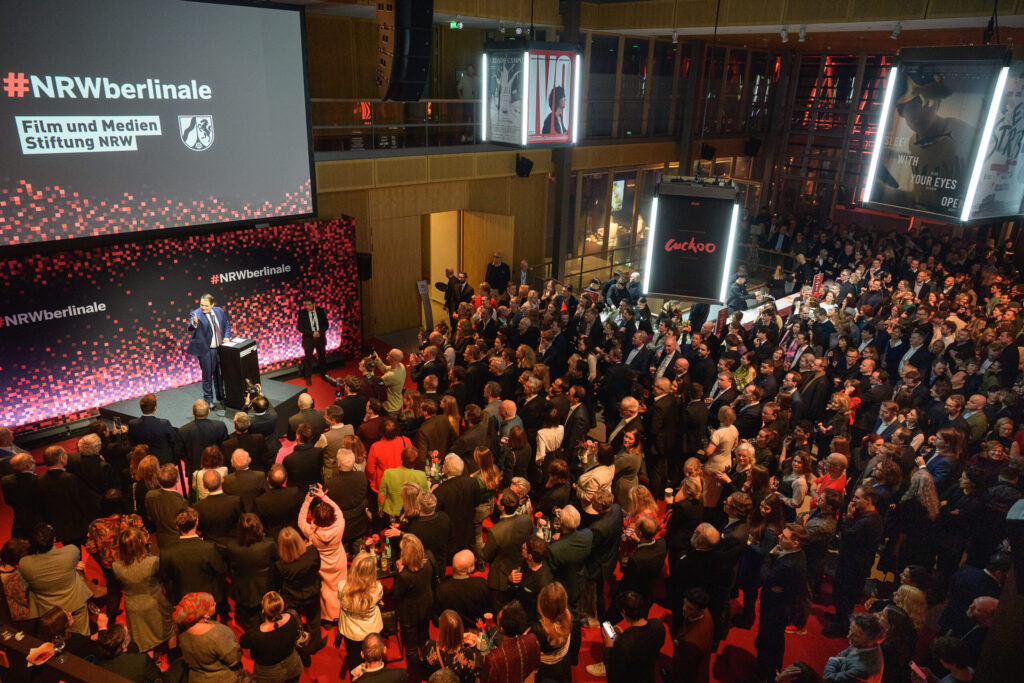Five High Value Targets arrested as one of the largest networks smuggling migrants across the English Channels halted
French and Belgian judicial orders executed in Germany led to 19 arrests and 26 locations raided following an over a yearlong joint investigation under Europol’s Operational Task Force Wave in an action day coordinated by Eurojust.
A large-scale operation involving law enforcement and judicial authorities from Belgium, France and Germany, coordinated by Europol and Eurojust, led to the dismantling of one of the most active networks involved in the smuggling of migrants across the English Channel in small boats. The investigation focused on an Iraqi-Kurdish network suspected of smuggling middle-Eastern and East African irregular migrants from France to the UK with the use of low quality inflatable boats. The German authorities deployed over 650 officers to the action day.
The action day on 21 February led to:
- 19 arrests in Germany (7 under Belgian judicial order and 12 under French judicial order)
- 5 High Value Targets (the leader and the main organisers) arrested
- 28 locations (19 houses and 9 storage places) searched in Germany
- Seizures include: 12 inflatable boats, 175 life vests + 81 flotation devices for children, 60 air pumps, 11 outboard mounts, 10 engines; almost 60 electronic devices, arms and several thousand euros in cash
The investigative activities, initiated at the end of 2022, identified the structure and modi operandi of this large criminal network, made up of Iraqi and Syrian nationals of Kurdish origin. The suspects, all based in Germany, organised the purchase, storage and transportation of inflatable boats for their subsequent use to smuggle migrants from the beaches near the French city of Calais towards the UK. The migrant smuggling network was highly professional. The suspects had set up their own logistical infrastructure with specific branches in charge of organising the delivery of large amounts of nautical equipment to the EU.
Drivers, who were typically active members of the criminal network, transported up to 8 boats at a time. During the transportation from Germany to France, a forerunner car secured the vehicle charged with boats, aiming to avoid police detection. The drivers were located in rest areas in Belgium because they drove the equipment to the spot at the time of departure. The investigative activities identified that the criminal network was able to facilitate up to 8 departures per night depending on the weather conditions.
Between EUR 1 000 and EUR 3 000 for a spot in a boat
The smugglers used low quality boats, mainly originating from China, transported via Turkey to Germany. The legal purpose of these boats may include fishing or sailing on rivers and city canals. When used legally, such boats would not be suitable nor safe for the transportation of more than 10 individuals. However, on average, smugglers put around 50 migrants in one of these boats. In total, the investigators have gathered evidence linking at least 55 departures that were facilitated solely by this smuggling network. The suspects collected between EUR 1 000 and EUR 3 000 per migrant for a place on the dangerous vessel. Further investigative activities are ongoing into the individuals managing the financial and money laundering activities for the criminal network.
Migrant smuggling a continuously deadly threat
The migrant smuggling activities via small boats have continuously increased since 2019, before becoming in 2021 the most commonly used modus operandi for smuggling migrants from the EU to UK, surpassing smuggling in lorries. The criminal networks involved in the phenomenon remain extremely active, and are becoming increasingly violent while adapting their activities through the implementation of new crossing techniques. In parallel, the strengthened law enforcement measures led to a significant decrease of over 30% fewer incidents and migrants smuggled in the 2023 in comparison to 2022. In 2023, law enforcement authorities detected almost 61,000 irregular migrants attempting to cross the English Channel in small boats, compared to about 79,000 in 2022. However, during the same year, 30,000 irregular migrants (compared to over 47,000 in 2022) and 600 boats (compared to 1,100 in 2022) managed to reach the UK.
Dedicated Task Force at Europol to connect the dots
Following the successful outcome of the Operational Task Force Dune in July 2022, which led to the dismantling of the largest (at the time) network smuggling migrants from France to the UK via small boats, Europol set up a second Operational Task Force. OTF Wave targets migrant smuggling activities across the English Channel, a criminal phenomenon putting migrants’ lives at great risk. OTF Wave, coordinated by Europol, involves Belgium, France, Germany, the Netherlands and the UK. OTF Wave targets the full chain of smuggling activities – from the recruitment of migrants through to the logistical cells and up to the main organisers. The investigative activities focused on five High Value Targets, as the prosecution of these suspects is instrumental in dismantling the criminal organisation as a whole. The dedicated Europol experts, who were fully involved in the work of the OTF, contributed to the identification of criminal connections between several national investigations.
The work of the national authorities’ members of OTF Wave was also enabled by the dedicated investigation cell (URO/CIC), set up by France and the UK, to specifically target migrant smuggling via small boats. Europol has a permanent deployment attached to this cell since its creation, in the aftermath of the tragedy unfolding in the English Channel in November 2021.
Europol has established a dedicated financial instrument to facilitate such high-profile investigations. Under OTF Wave, Europol made over EUR 120 000 available to the participating countries to manage various aspects of their investigative work. Europol managed the overall coordination of investigative activities, while also organising over 10 operational meetings between the members of the Taskforce.
During the action day, Europol facilitated the deployment of 11 investigators from Belgium and 21 from France to several locations in Germany. In addition to these coordination activities, Europol deployed two Europol experts to the coordination centre in Cologne to assist the German authorities in cross-checking, in real time, operational information against Europol’s databases. The experts also performed digital forensics and supported the investigators in the field.
Active judicial cooperation by Eurojust to ensure compliance of legal procedure
Eurojust enabled the cross-border judicial cooperation. Three coordination meetings were organised to compile and exchange the existing information, to explore how to best cooperate without jeopardising each other’s investigations and to prepare for the joint action day. With the support of Eurojust National Desks, judicial authorities exchanged European Investigation Orders and European Arrest Warrants, and they carefully ensured that all legal instruments were in place to take action.
During the action day, the agency set up a coordination centre to facilitate the rapid cooperation between the judicial authorities. At the coordination centre, each participating country was represented by a member of its National Desk. Coordination centres provide a central hub for the real-time exchange of information during an operation, including the results of searches and interceptions. They also facilitate the quick resolution of any complex legal issues that may arise during the action.
Judicial authorities involved in the action day:
- Belgium: Investigative Judge of West-Flanders, section Bruges; Federal Prosecutors’ Office
- France: JIRS Lille (Interregional Specialised Jurisdiction) – Court of Lille
- Germany: General Public Prosecutor`s Offices Düsseldorf, Hamm, Köln, Naumburg; Public Prosecutor`s Office Bonn
- Law enforcement authorities involved in the action day:
- Belgium: Federal judicial Police of West-Flanders
- France: French Border Police (OLTIM-Antenne de Coquelles)
- Germany: German Federal Police (Bundespolizei)
